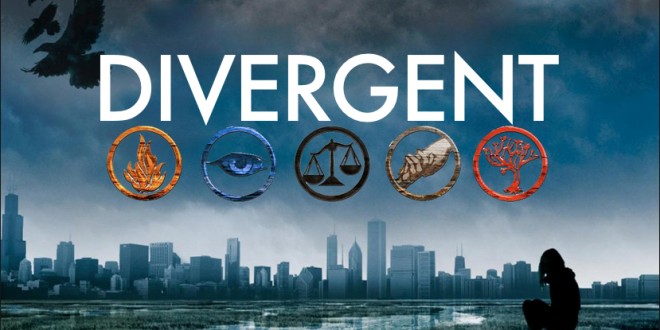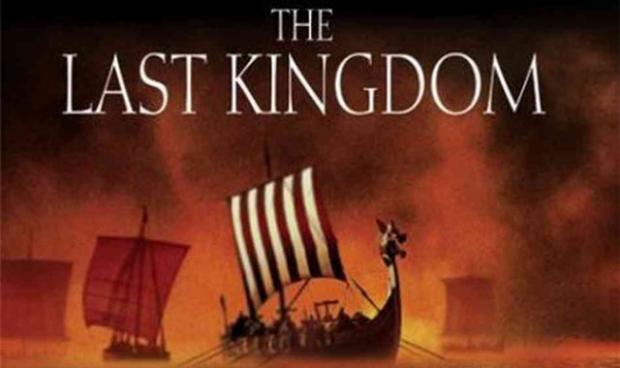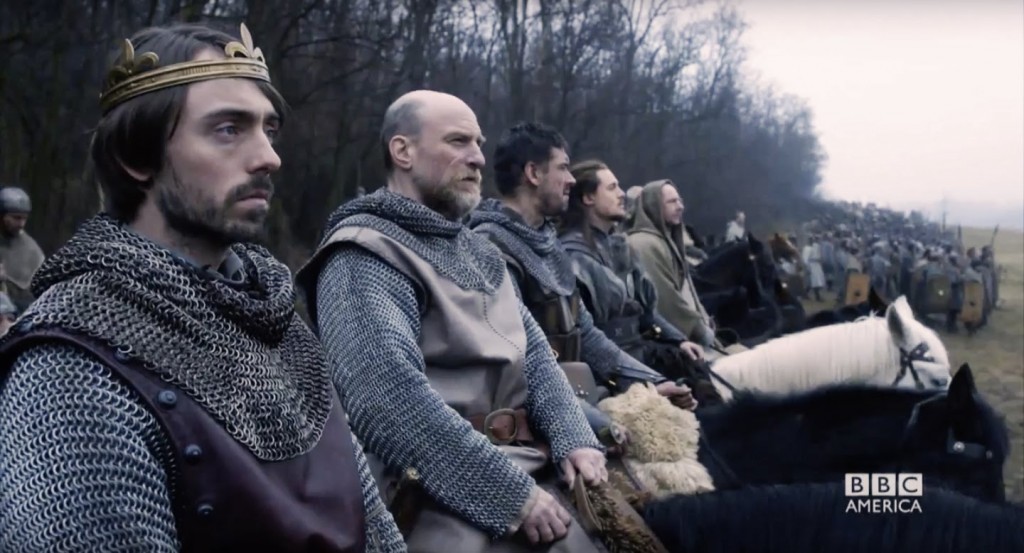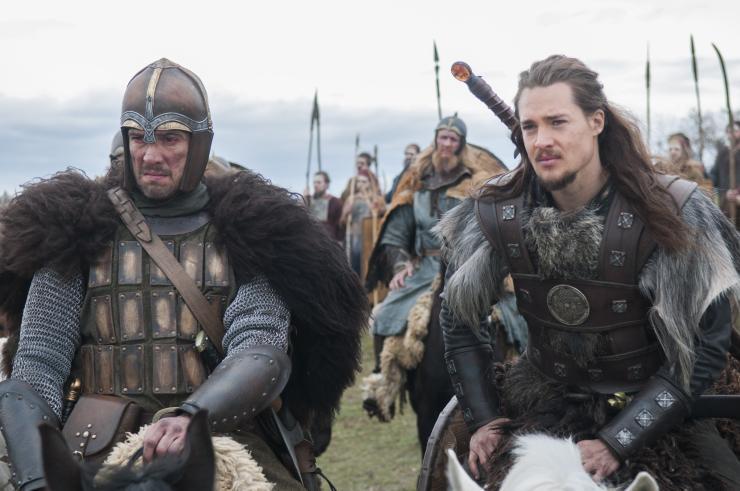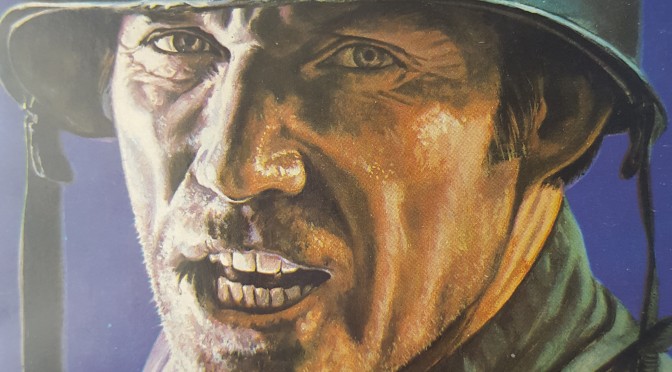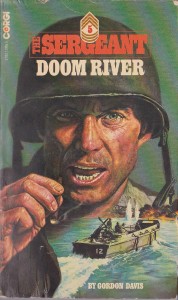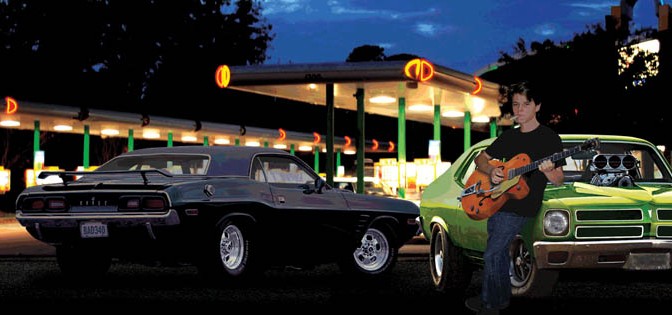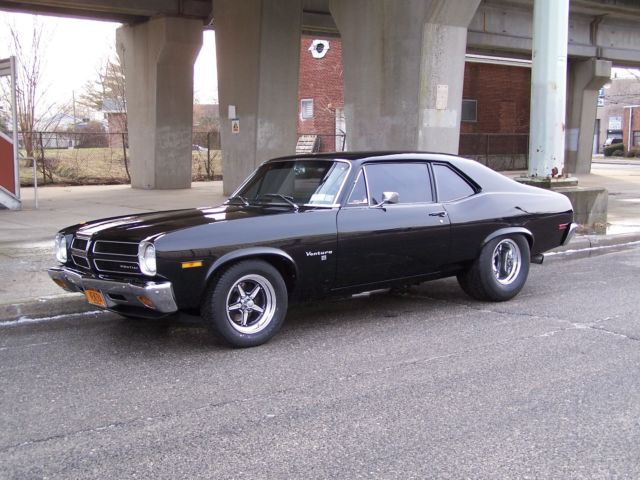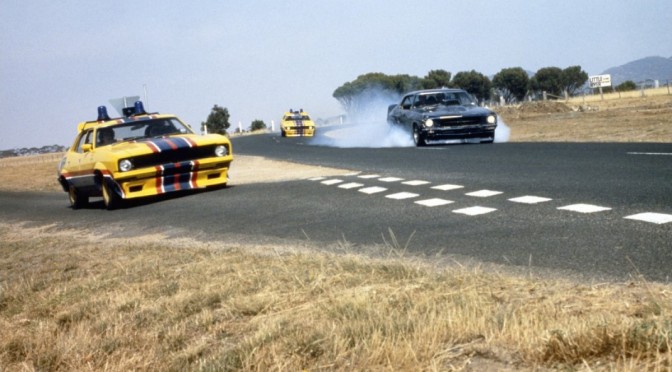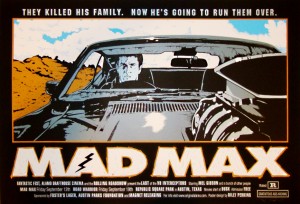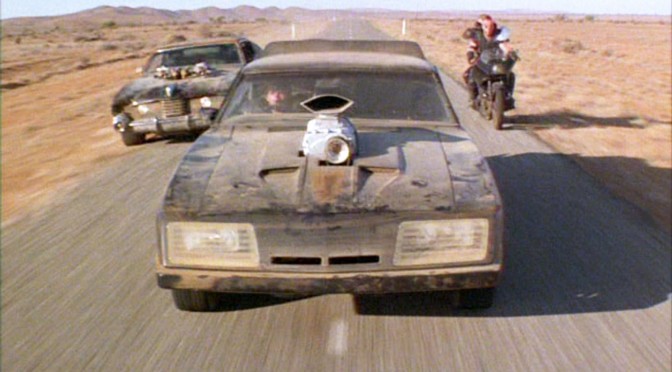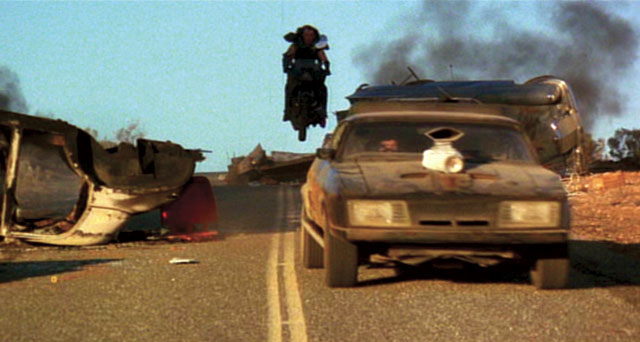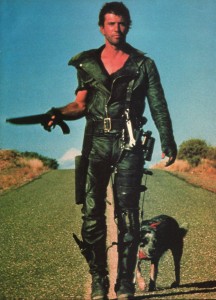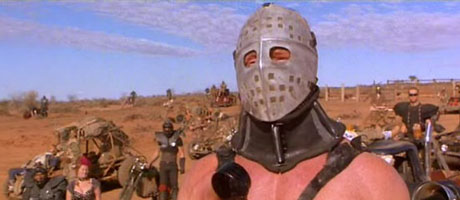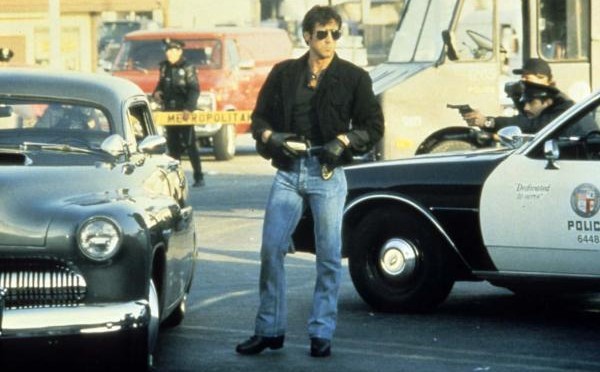Hollywood directors have been sneaking messages into movies for a long time. Two of the most talented ever were John Ford and Alfred Hitchcock. The former was obsessed with the taming of the wilderness and the establishment of civilization, framing his themes and character subtexts according to his Catholic worldview. The latter obsessed over guilt, whether caused by deed or thought.
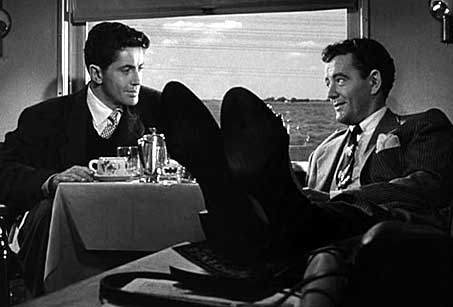
Both directors used visual semeiology to insert subplots and character arcs which contrasted, yet harmonized, with the main plot followed by the casual viewer. They were usually subtle enough that most people were never even aware of the additional narratives taking place in subtext. And despite the typical socialistic leanings (Ford was a staunch New-Dealer), the subtexts in their films were rarely political in nature–especially compared to current entertainment.

Film makers today are not nearly as clever or capable, but they are predictably political–and so heavy-handed that most people have little trouble recognizing how Homowood is pushing The Narrative.
There are a couple themes slithering around beneath the surface in the first two films of the Divergent series. It is a little more subtle than the average Narrative Push…enough so that I feel compelled to point it out.
Deep State Apologetics:
(In the world of the Divergent Series, some vaguely-conceived war has caused humanity (at least in Chicago) to segregate according to personality type in order to avoid future conflicts. Yeah, I know. Anyway, the personalities are grouped as follows: Candor [the brutally honest]; Abnegation [the “selfless”]; Amity [the pacifistic flower children]; Erudite [the intellectual/high IQ set]; and Dauntless [the sheepdogs–soldiers and police]. )
Specifics are in short supply, but the rubes and proles blame the government (controled by Abnegation) for some obscure failure to govern correctly. But Abnegation is a community of selfless, competent administrators who are actually doing a bang-up job and don’t deserve criticism.
Opportunistic manipulators among Erudite are plotting a coup, taking advantage of the proles’ discontent and assuming themselves to be better qualified to lead.
Get the idea? The de facto ruling class is competently herding us through a series of progressive steps toward Utopia, but the ungrateful rubes in Flyover Country are upset about confiscatory taxes; industry-crushing regulations; the invasion through our open borders; massive election fraud; treason from the highest offices; infringement of our inalienable rights, etc. Hence we wrongly resent our betters. Conniving intellectuals are fanning the flames, drawing attention to the habitual idiocy of the ruling class. Presumably these are figureheads in the alternative media, plus a few political rogues like Ron Paul and Neil Gorsuch.
The surprising aspect is that (covertly, anyway), the architects of this series acknowledge the intelligence of their enemies. After all, the most influential critics of the Deep State can figure out that in secure government emails, a “C” stands for “Classified,” and that Congress should read a bill to know what’s in it BEFORE passing it into law. Unfortunately for the likes of Hillary Clinton and Nancy Pelosi, they’ve found themselves in a contest of wits…and are unarmed.
THE TRANSGENDER SUBTEXT:
The world of this series is stiffly organized into factions, according to the personality types listed above. However, certain rare individuals can’t be funneled into rigid categories according to such narrow-minded cisnorms. They are called “divergent”–get it?
The soon-to-be amazon superninja and main character, Beatrice, starts out very feminine by today’s standards in the West. But she chooses to join the Dauntless (no doubt she, and the author of the fiction series, are Secret Warrior Queens deep inside their oppressed ids), and soon sheds her dress for Emo pants and vest (sometimes a black wife-beater/muscle shirt). She also changes her too-feminine name to the androgynous “Tris” moniker as she is gradually empowered by combat training. (Well, at least she, unlike the amazon superninja in the latest Star Wars abominations, had to actually train before becoming the Greatest Badass in the Galaxy.) Toward the beginning of the second movie, Insurgent, for no obvious reason, Tris cuts off her hair. The actress already had the masculine frame that is supposedly sexy for modern women, and the butch haircut is the final touch that visually transforms her into a boyish other.
This is not an exhaustive analysis–there is more evidence to examine for those who are interested. The third film (Allegiant) takes a turn into another thematic reinforcement of The Narrative.
But maybe I’m wrong. After all, messages like these are so antithetical to what the cultural svengalis want and believe.


